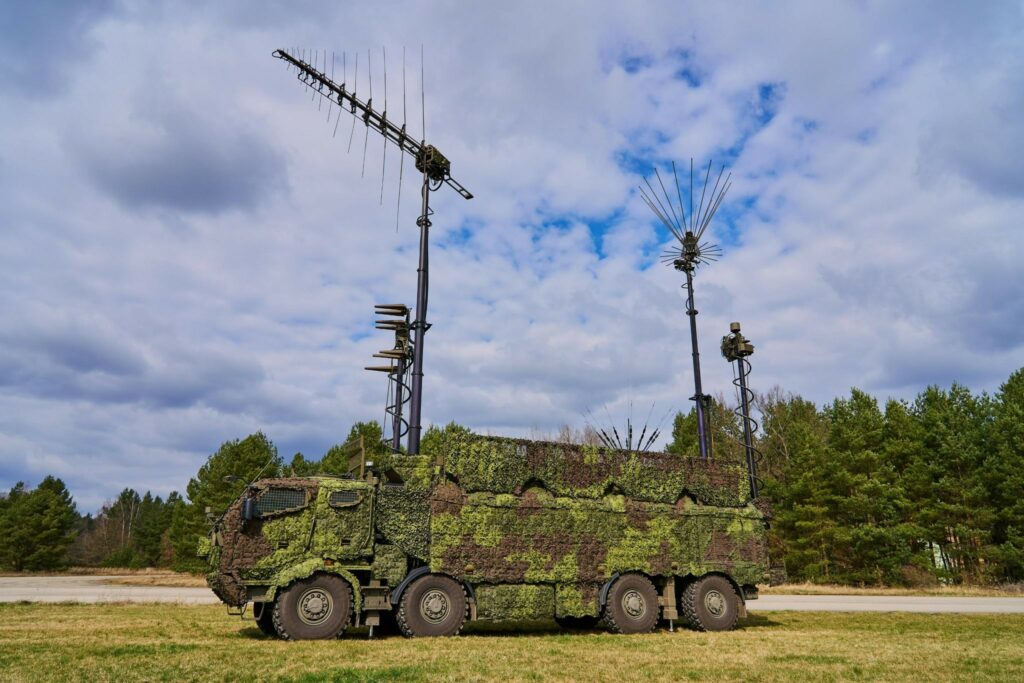
On August 31, 2025, flight AAB53G, operated by a Dassault Falcon 900LX registered OO-GPE and carrying European Commission President Ursula von der Leyen, took off from Warsaw and landed safely at Plovdiv Airport (Bulgaria).
The Financial Times, in an article by Henry Foy, spoke of an alleged targeted GPS jamming that “blinded” the aircraft, forcing the pilots to land manually with paper maps after an hour of waiting. An evocative reconstruction, but technically untenable.

In Plovdiv, on August 31, conditions were favorable: temperatures between 12°C and 28°C, moderate winds from the West-Northwest and visibility greater than 10 km. METAR confirms:
LBPD 311400Z AUTO 28006KT 240V010 9999 FEW059/// 28/13 Q1009 NOSIG
LBPD 311430Z AUTO 30016KT 9999 FEW059/// BKN110/// 26/12 Q1009 NOSIG
No significant weather phenomena, no significant changes (NOSIG).
Runway 30 also has ILS CAT I, operational and not Reported as unavailable.
The Dassault Falcon 900LX, with EASy II Flight avionics Deck based on the Honeywell Primus Epic System, features numerous advanced systems for navigation, approach, and landing assistance, to ensure safety and precision… including:
These systems work together, ensuring the aircraft can operate with high reliability in complex scenarios, minimizing risks related to adverse weather conditions or external interference.

The runway at Plovdiv Airport also provides a complete set of navigation aids, all active:
These systems, operational and without NOTAM unavailability, guaranteed a safe approach even in the event of GPS interference. As for the “paper maps” cited by the FT: today, pilots use EFB (Electronic Flight Bag) and digital charts on tablets or integrated avionics. Talking about analog physical charts is pure dramatization.
ADS-B and FlightAware data show that the Falcon 900LX presented itself on first approach at about 2,000 m above runway level, about 1,700 m higher than normal. ILS path followed with the final approach.
Instead of attempting an impossible landing, the aircraft continued overflying, making a pass of approximately 4 minutes (14:18-14:22 UTC) over the airport area. It subsequently realigned on the same course 11 minutes later, but at the correct altitude, completing the landing at 14:35 UTC.
The alleged “one-hour turnaround” cited by the FT is contradicted by objective data: the overall delay did not exceed 15 minutes, entirely compatible with a planned overflight or a standard operating procedure.

Cyclic GPS signal disturbances have been recorded in the Black Sea region for some time, with peaks at varying times and days, precisely because of the area’s well-known geopolitical landscape. Other air traffic has also reported similar anomalies, regardless of the type of aircraft or the nature of the flight—civilian, VIP, or military.
Distinguishing a widespread disturbance from a targeted attack requires advanced electronic equipment, typical of military electronic warfare assets, which a civilian Falcon typically lacks, nor is there evidence or communication of.
EW assets present in the area, especially if flying nearby, could have precisely identified the event and its source or sources. However, communicating evidence of a targeted attack, whether Russian or by any other actor, without concrete, localizable, and correlated technical evidence is extremely problematic, and even less feasible for a journalist.

The landing of the flight carrying Ursula von der Leyen from Warsaw to Plovdiv, according to publicly available data, took place with reasonable certainty in total safety, in optimal weather conditions and with fully operational navigation aids.

The Financial Times article appears to have completely ignored publicly available technical data, but it transforms a normal operational overflight, in a notoriously complicated border area, into an alleged and deliberate hostile act.
It is an example of sensationalism that, in the field of aviation and cyber security, risks undermining the trust of citizens and airline passengers and further fueling tensions. geopolitical.
In this case, the suppositions and rumors can be debunked by public data, which speak clearly: no in-flight emergency, no targeted electronic warfare, and, at most, a widespread effect of electronic interference in that geographic area. Unfortunately, once again, distorted reporting clouds the situation, preventing the true scenario from emerging.
A detail that might seem fussy, insignificant, or trivial, but in reality isn’t at all: it risks becoming the central point in constructing a “paper puppet” useful for justifying, instrumentally, an alleged attack to cover up an abnormal delay in landing. For this reason, it has been left at the bottom, for the more attentive and interested readers.
Takeoff from Warsaw was in fact scheduled for 11:01 UTC, but it did not take place until 12:37 UTC, with a delay of about an hour and a half. Consequently, the landing in Plovdiv, scheduled for 12:58 UTC, could only have been delayed by the same amount, occurring at 14:35 UTC.
In other words, the arrival delay is perfectly consistent and predictable compared to the delay accumulated at departure.
And would it really be too malicious to hypothesize that a normal operational delay could be transformed, communicatively and artfully, into evidence of an alleged targeted attack, specifically on that flight, and above all on that person?
Follow us on Google News to receive daily updates on cybersecurity. Contact us if you would like to report news, insights or content for publication.
